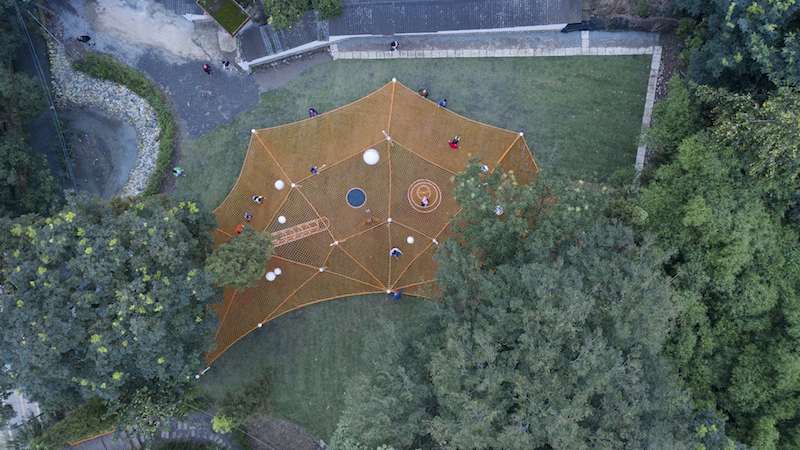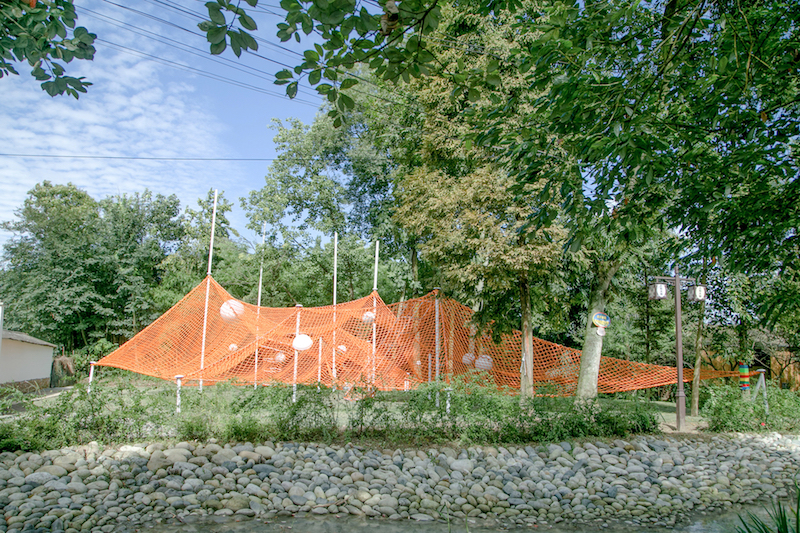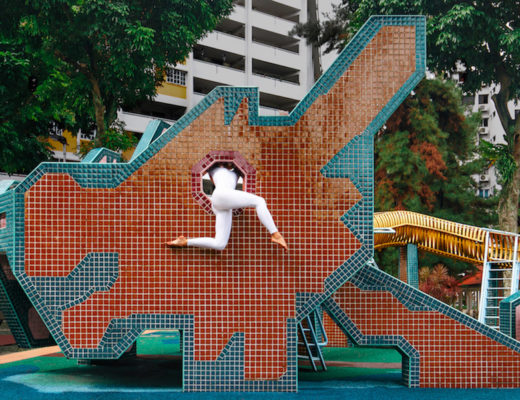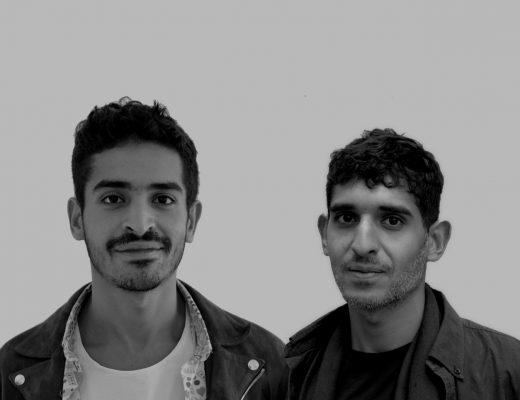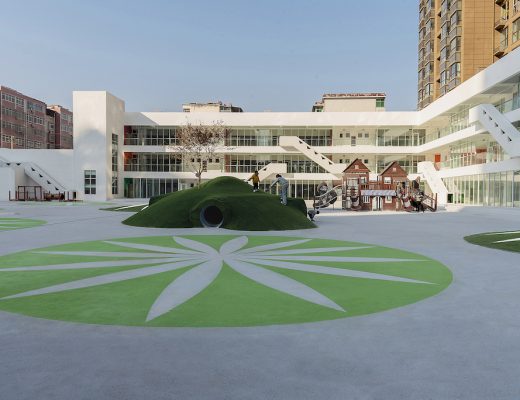Shanghai- and Hamburg-based urban design and architecture practice, Atelier MIC has designed an installation called Weaving Dream for children in Yingchun village in Sichuan province’s Chengdu city, commissioned by the city’s municipal authority. The design comprised of Bian Haoning, Fan Xuanshu, Wu Wei.
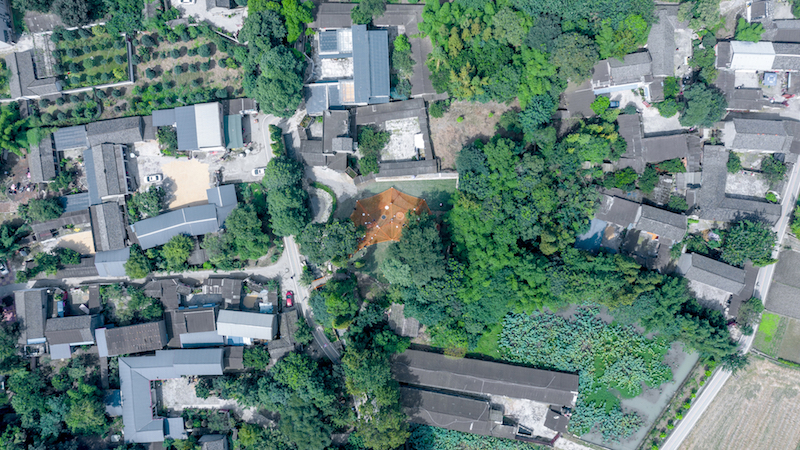
The Grand Sanhe Courtyard is one of the few local multi-family settlements, which is surrounded by a green forest. Local people call these woods “Lin pan”, which means “winding woods”.
There are many charming courtyards connected with winding and dense paths among the woods which look like a system of net. Woods, courtyards, path networks and children inspired the designers, and informed the concept of “net”. At the same time, the designers hoped to gather and connect the residents through the net installation. The climbing net has been designed like random hills. It is not a specific set form, but provides children with unlimited imaginary space and exploration possibilities.
After the exploration of several woods, the design team placed the climbing net installation on the green grass across the river of The Grand Sanhe Courtyard. The climbing installation connects woods, broken walls, river ditches, courtyards and local infrastructure (public toilets). Standing in the golden fields during the harvest season, it looks like a rolling golden hill.
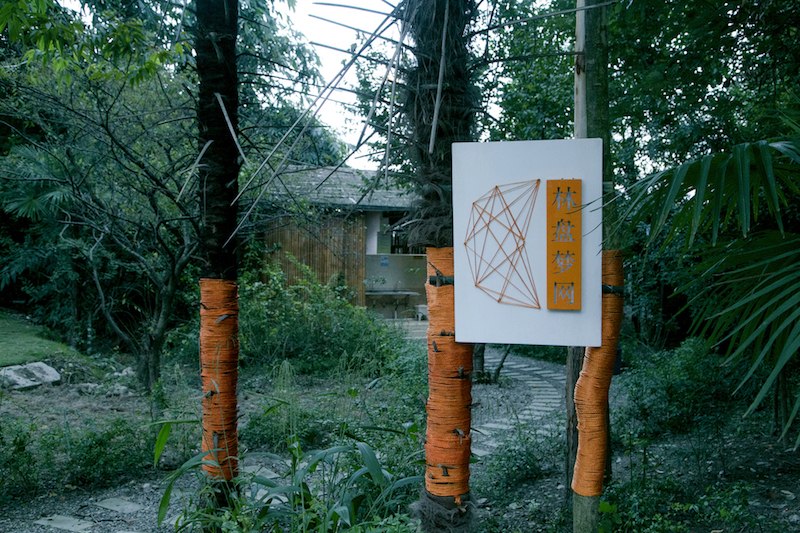
In order to make sure that the original “form” of woods would not be damaged so much, the installation was built so as to ensure that the installation and the preservation of trees and surrounding rural environment could form a good “relationship”.
The design team lifted the whole climbing net with the steel column structures as the main support instead of the original tree trunk, so that the trees could grow as before and the grass could grow underneath naturally.

The main design of the Weaving Dream consists of hill-like climbing nets with different slopes. Different climbing slopes provide the freedom of more choices for children of different ages, for both climbing and resting. Meanwhile, the designers also set up ball-obstacles in the process of climbing in order to simulate the difficulties in a real mountain climbing.
On this basis, the designers added four auxiliary play methods to the climbing net: jumping trampolines, ground crossings, mesh tunnels and rocking hammocks. The objective of these features is to develop sensory integration including reflexes, motor balance, and the development of large and fine muscles through activities on the net such as climbing, jumping, grasping, and releasing.
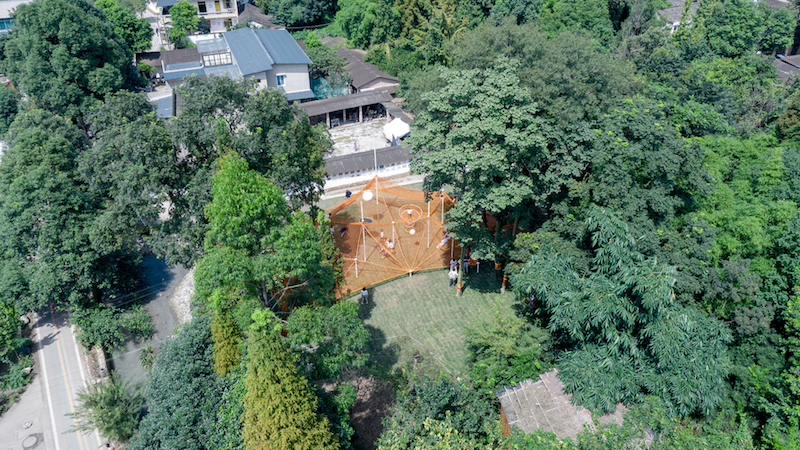
In addition to the main part of the “Weaving Dream” installation, the design team also carried out the design and construction corresponding to the surrounding site to emphasise the overall scene and atmosphere. The “net” element was still used as main material which extended to the periphery tree and the abandon earthen wall, in order to assure the highly continuity of all round interfaces.
The completion of “weaving dream” installation coincides with the local harvest Guokui festival.
Photos: Yixinli

